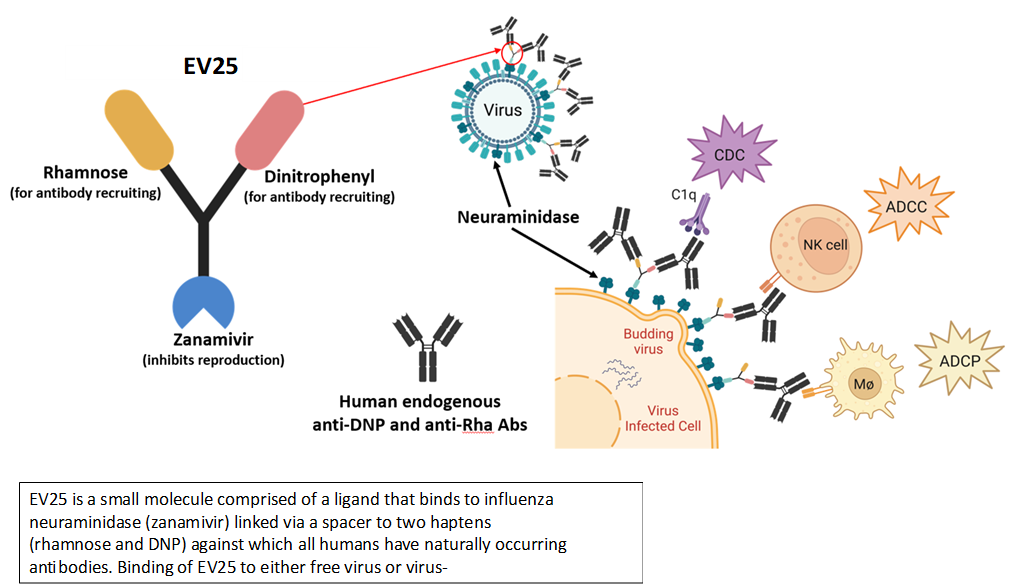Philip S. Low
Next Generation Targeted Therapeutics
Design of targeted anti-viral therapies
Enveloped viruses (HIV, influenza virus, herpes viruses, pox viruses, filoviruses, coronaviruses, etc.) cause considerable morbidity and mortality worldwide. In only a few cases are effective therapeutic options available, and in many cases viral infections can lead to death (e.g. Ebola virus, HIV, SARS, etc.). Recognizing that enveloped viruses export proteins into the plasma membranes of their host cells, we hypothesized that infected host cells could be distinguished from uninfected host cells based on the presence/absence of surface-exposed viral proteins. Motivated by this hypothesis, we have undertaken to design targeting ligands that will bind exclusively to viral proteins that are exposed on infected cell surfaces, thereby allowing their use in the targeting of attached drugs solely to virus-infected cells. Using this approach, we have recently designed targeted drugs for the treatment of RSV, influenza virus and dengue virus. The data below compare the abilities of our new influenza therapy (EV; now in Phase 1 human clinical trials) with two prominent FDA-approved drugs (Tamiflu and Xofluza) in their abilities to eliminate human H1N1 influenza virus from mice inoculated four days prior to therapy with 10x the LD50 load of virus. Note that EV is 10,000x more effective than either Tamiflu or Xofluza. The mechanism of action of EV25 is shown to the right.

